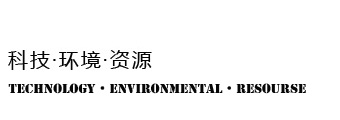E-Waste Generators Around The World
The ways in which smartphones and TV are produced and released has increased the frequency with which people are upgrading the electronics. Affordability has also had an impact. If your old TV, vacuum, or phone isn’t going to a friend or family member, chances are its getting thrown away.
The E-waste report suspects small equipment (vacuum cleaners, electric shavers, cameras), large equipment (washing machines, clothes dryers) and “Temperature exchange equipment” (refrigerators, freezers, A/C units) will see the fastest growth in e-waste generation. These three categories are already responsible for 75 percent of global e-waste. Phones, TVs, PC monitors, printers and various lamps are expected to grow at a slower rate.
Per capita, Australia, New Zealand, and the nations of Oceania contribute the most to the world’s e-waste, at 17.3 kilograms per inhabitant. Europe is the second largest generator of e-waste at an average of 16.6 kg per inhabitant, with North America and South America following behind at 11.6 kg per inhabitant.
In order to offset the tonnes of e-waste around the world, the report encourages improved tracking of e-waste and the resource recovery process. Designing electronics and electrical equipment with eventual recycling in mind would also go a long way, if only to make the recycling process easier for people.
We’ve seen people make their own version of Tesla’s Powerwall and an all-electric BMW from recycled components, so there are definitely benefits to encouraging people to recycle their electronics.
That isn’t to say all countries have neglected e-waste. In fact, according to the report, nearly 66 percent of the world’s population live in countries with e-waste management laws in place. It’s just a matter of enforcing these regulations, making people aware of them, and making sure they’re all similar to avoid confusion.
Improving these policies would do more than just save our environment; they’d also lead to the creation of more jobs refurbishing and recycling this valuable waste. The report estimated that the value of raw materials in all e-waste in 2016 was roughly 55 billion Euros (US $64.7 billion), more than the GDP of most countries.







Leave a Comment